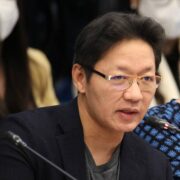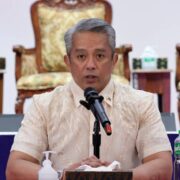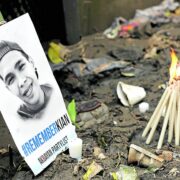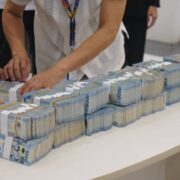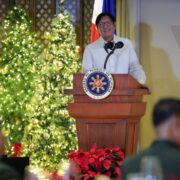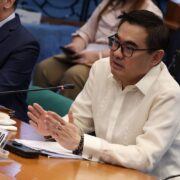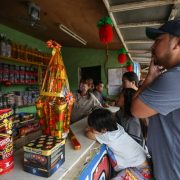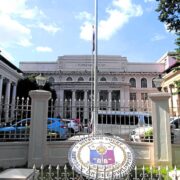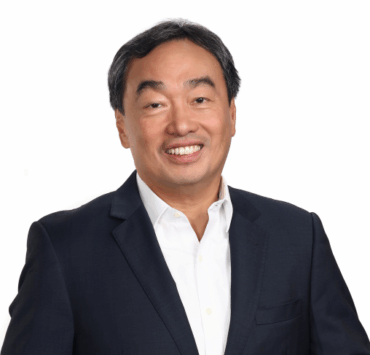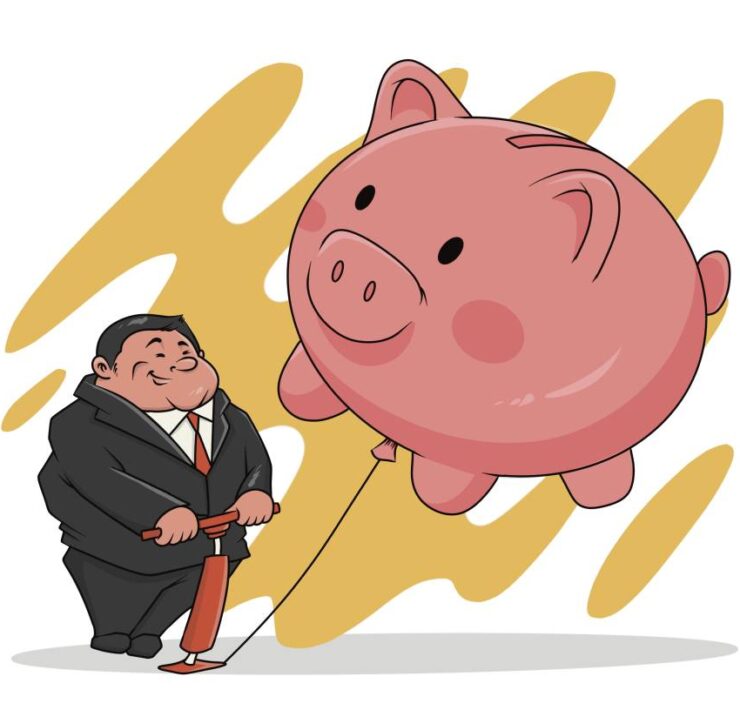BSP showcases contemporary Filipino art

The Bangko Sentral ng Pilipinas (BSP) opens for public viewing selected contemporary works of art by Filipinos from its extensive collection.
The exhibit, “Kultura. Kapital. Kasalukuyan,” is firmly linked to the past by the abbreviation KKK, the name of the Filipino revolutionary movement against Spain—Kataas-taasan, Kagalang-galang na Katipunan ng mga Anak ng Bayan— which was founded by the Great Plebeian Andres Bonifacio.
It will be on view until Nov. 15, 2027, at Galleries XVIII and XIX of the National Museum of Fine Arts, Padre Burgos Ave., Ermita, Manila. Admission is free.

Featured are the works of over 30 artists from different generations and regions of the country, including Antonio Austria, Pablo Baens Santos, Santiago Bose, Brenda Fajardo, Roberto Chabet, Charlie Co, Danilo Dalena, Onib Olmedo, Ofelia Gelvezon-Tequi, Mario Parial, Maria Victoria “Ambie” Abaño, Leonard Aguinaldo, Imelda Cajipe-Endaya, Marina Cruz, Patricia Eustaquio, Emmanuel Garibay and Geraldine Javier.
They depict typical scenes of Filipino life, religiosity and piety and traditional beliefs.

As several works of Filipino masters, such as those of Juan Luna and Felix Resurreccion Hidalgo, are also on loan from BSP and displayed at the main galleries of the museum, visitors will be able to get a glimpse of how Philippine art has evolved through the centuries.
The contemporary artists in the exhibit use varied styles—realism, abstract, impressionism, even surrealism. Works by women artists allude to the struggle for gender equality. Features unique to the different regions of the country are used to make some pieces distinctive.
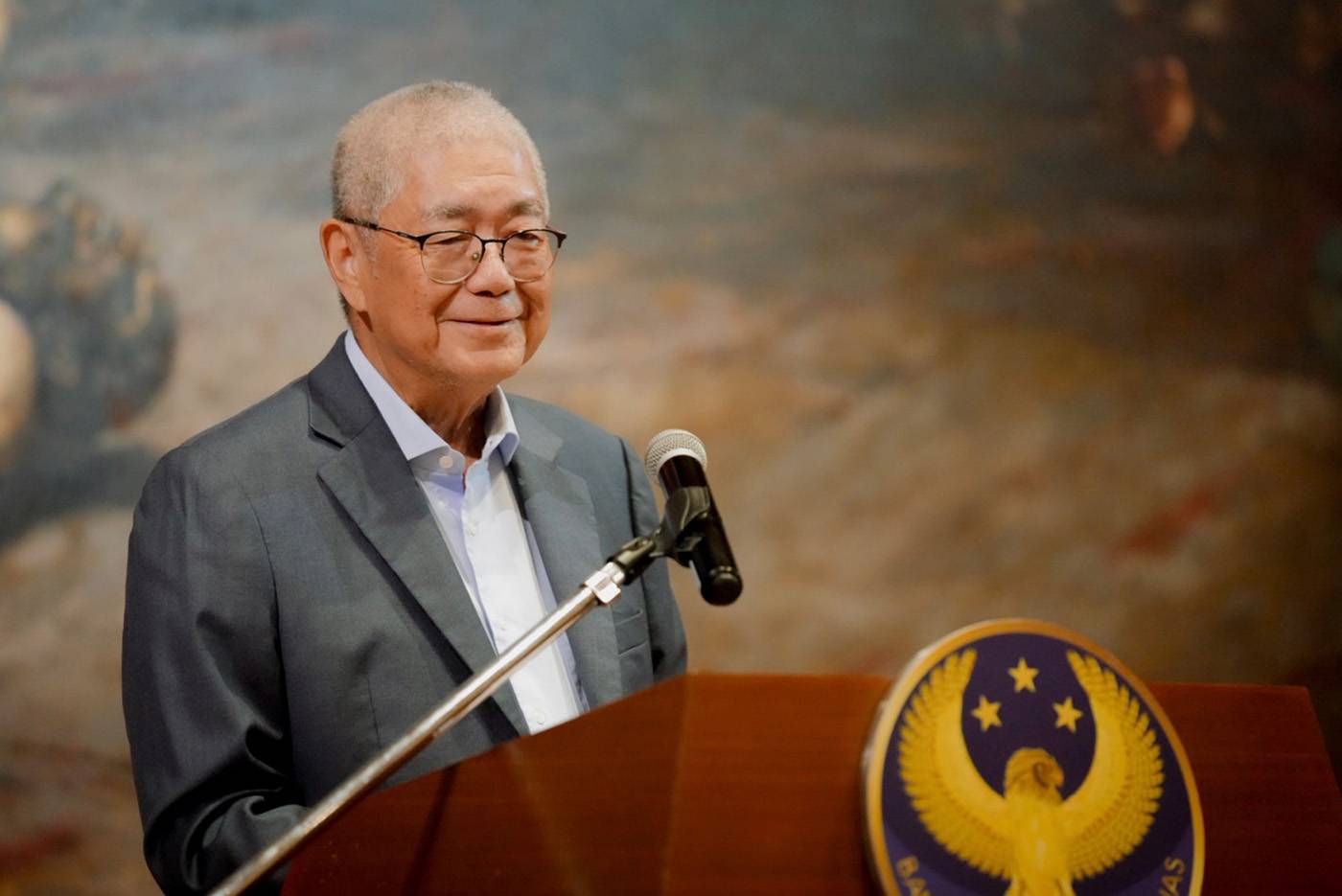
The exhibit consists of two parts.
“Pagmulat” in Gallery XVIII features works that reflect the everyday realities of Philippine life. Through subtle yet powerful messages, the works show how art has “shaped national consciousness by giving voice to the unheard,” using visual storytelling to “speak truth, invite reflection and keep history alive.”
In Gallery XIX is “Pagtanaw,” which “looks into the past realities, offering insights into emerging themes”. It features works in the 1980s and 1990s and explores artistic expressions during that decade “when artists reclaimed their freedom to define identity, examine human conditions and challenge inherited narratives, affirming the role of art as a tool for critical discourse.”



